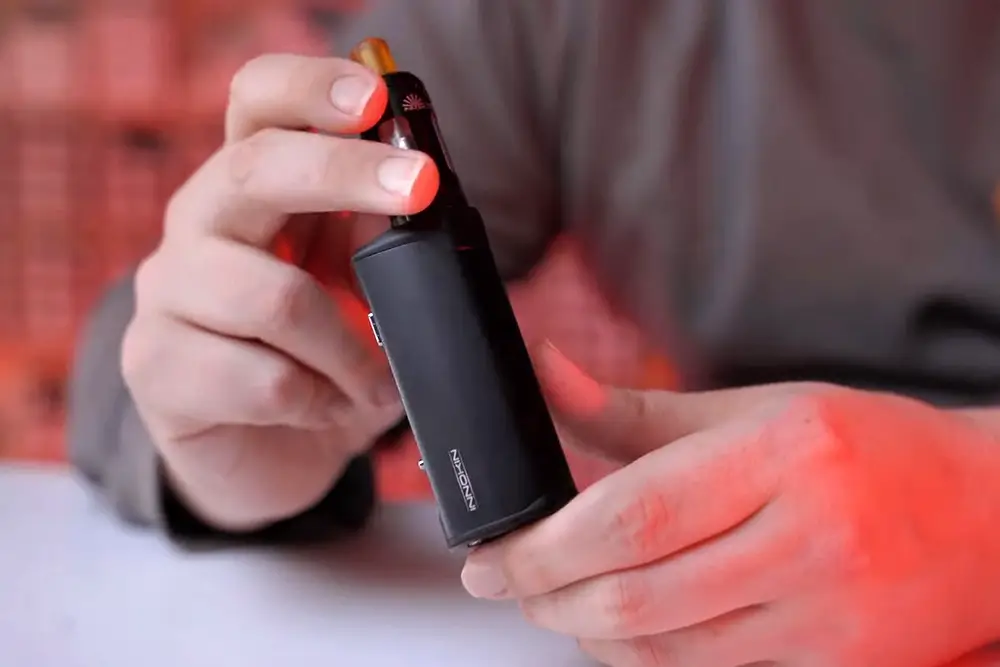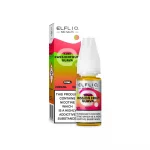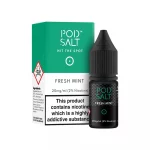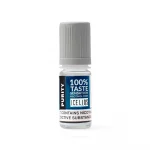As a smoking cessation tool, vaping has become far more diverse in its applications than other forms have the flexibility to be. Vaping is an evolving culture, with many different devices and e-liquids available in London vape shops and like with all evolutions, subcategories begin to develop as more people take it up and make it their own.
One of the primary differences between vapers and their tastes is in the method of inhalation they choose. Mouth to lung and direct to lung are the two different vaping styles, and the device you own, the concentrations you vape at and the amount you vape will all play a part in deciding which is right for you. Whether you’re a newcomer or a first-timer, this blog will help you to work out what exactly DTL and MTL vaping are, and which mode is right for you and your device.
What Is Mouth To Lung?
Mouth to lung vaping is the default method of inhaling vape liquid’s vapour. The process is much like that of smoking in that users inhale the vapour into the mouth before inhaling it into the lungs. This gives users more of a chance to enjoy the taste and flavour notes of the e-liquid and is designed to be much more discreet in its production of vapour.
MTL Optimised Devices
Mouth to lung vaping devices includes the PAX 2 vaporiser and JUUL pod mod, both of which put the focus on quality over quantity. The devices used for mouth to lung vaping tend to be lower powered and use an internal battery rather than a rebuildable mods external one. Mouth to lung optimised devices will therefore be smaller in size and usually have less variable current or temperature control options.
MTL Optimised E-Liquids
As mentioned before, mouth to lung optimised e-liquids put a focus on quality over quantity and are not designed for cloud chasing. Mouth to lung e-liquids will have higher nicotine options than their sub-ohm partners, and maty even includes nicotine salt infusions that make higher levels of nicotine in your e-liquid far more palatable. You’ll find yourself vaping smaller clouds too, partly thanks to the higher balance of propylene glycol in these e-liquids. Propylene glycol carries the nicotine and flavourings, so more PG means stronger flavours and potentially a lot more nicotine.
What Is Direct To Lung?
Direct to lung vaping developed with the emergence of variable mods and involves breathing in high concentrations of vapour straight into your lungs. Direct to lung vaping, or DTL, can be compared to inhaling the air from a blown-up balloon, in that the force of the vapour or gas makes it difficult to hold it in your mouth. You can expect large plumes of vapour on the exhale, making direct to lung vaping the preferred method for performing vape tricks with larger clouds.
DTL Optimised Devices
Direct to lung vaping is best undertaken on higher-powered devices. Direct to lung vaping devices can be sub-ohm optimised, meaning that the resistance of the coil can fall under 1 ohm. This means that more vapour is produced per inhale. You’ll find that most variable mods are utilised for direct to lung as well.
DTL Optimised E-liquids
Direct to lung e-liquids are higher in vegetable glycerine, which adds a thickness to the e-liquid and a sweeter aftertaste. The primary DTL e-liquid is sub-ohm optimised, and alongside high VG balances, will also be lower in nicotine concentration, often having none at all in the form of larger short fill bottles. If you buy a short fill vape liquid and want to add nicotine, many vape companies allow you to add nicotine shots to your purchase.





